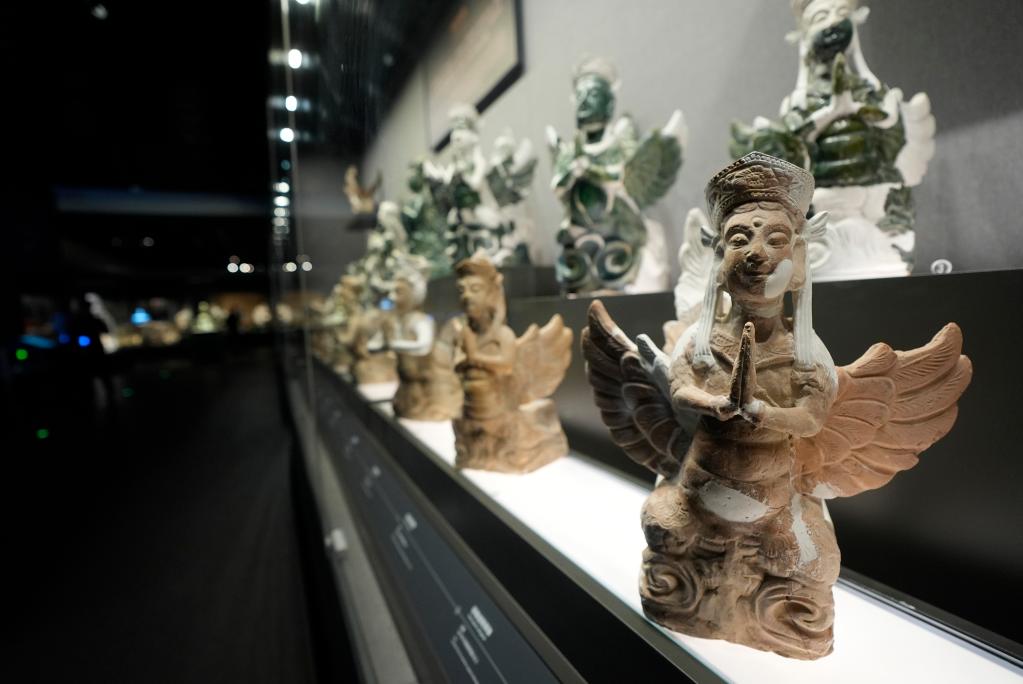(Xinhua/Zhang Baihui)
The imperial tombs of the XIXIA, in China, were officially registered on the UNESCO World Heritage list this Friday, during the 47th session of the World Heritage Committee which is held in Paris, in France. This registration brings to 60 the total number of World Heritage sites in China.
The imperial tombs of the XIXIA form a set of royal burials dating from the XIXIA dynasty (1038-1227), founded by the Tangoute people in northwestern China between 11th and 13th century. Located at the eastern foot of the southern section of the Helan Monts, an important natural geographic border, the site is the jurisdiction of the city of Yinchuan, in the autonomous region of Ningxia.
Exhausting nearly 40 square kilometers, the complex includes four types of architectural vestiges: nine imperial mausoleums, 271 subordinate tombs, a northern architectural complex with a total area of 5.03 hectares, as well as 32 sites of flood control.
It is the largest, most prestigious and best -preserved archaeological site of the XIXIA period who has come to us. It offers a unique testimony on this dynasty and its imperial line, which has continued almost two centuries in the history of China.
Preserved until today in a remarkable state of authenticity and integrity, the tombs significantly illustrate the process of forming a Chinese civilization that is both plural and unified, as well as an integrated multinational state. They occupy an irreplaceable place in the history of world civilizations.
According to the World Heritage Committee, the site testifies to the exchanges and reciprocal influences between various cultural traditions. Its spatial configuration, its architectural conception and its structural forms are inspired by funeral systems of the Tang and Song dynasties, while integrating elements of the Buddhist faith and tangoutes customs, giving birth to singular religious and funeral practices. The site also illustrates the unique role played by XIXIA in cultural and commercial exchanges on the Silk Road between the 11th and 13th century.
The Committee also welcomed the considerable efforts and the remarkable results obtained by the Chinese government in the preservation and management of this cultural heritage.
Rao Quan, Chinese Vice-Minister of Culture and Tourism, said that China would continue to fulfill its obligations with determination within the framework of the World Heritage Convention. The country undertakes to promote largely and permanently transmit the exceptional universal value of the imperial tombs of the XIXIA. It will also strengthen the global and systemic protection of cultural and natural heritage, will improve its capacities and level of conservation, and is ready to share its experience as well as its concrete examples with the international community, by providing technical and professional support to preserve the cultural treasures of humanity together.

(Xinhua/Yang Zhisen)

(Xinhua/Yang Zhisen)

(Xinhua/Yang Zhisen)








